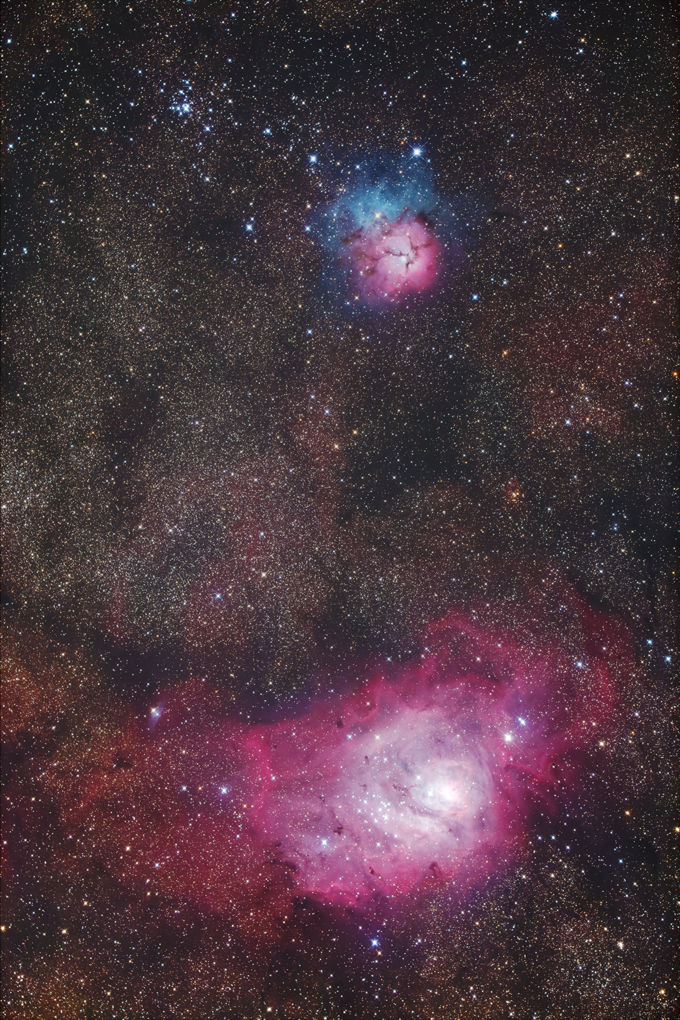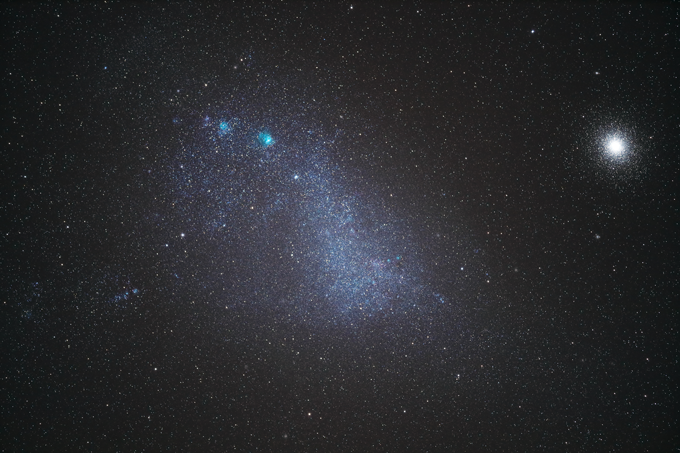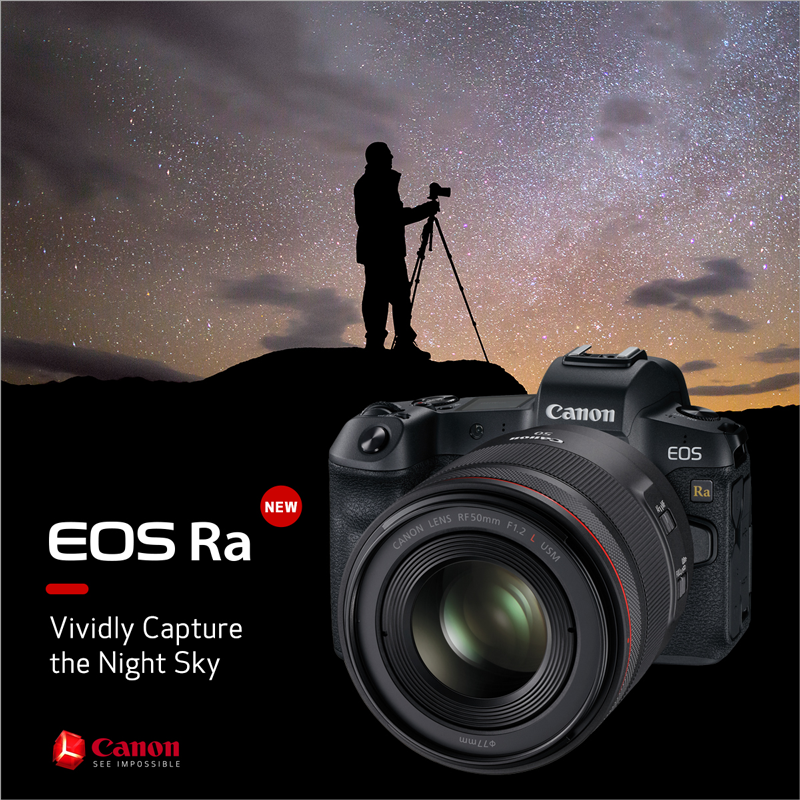Taking photos of the night sky is nothing new. In fact, it has become increasingly popular and to satisfy the demand, camera companies continue to create dedicated cameras specific to astrophotography. Today, Canon has done exactly that. They’ve announced the Canon EOS Ra, their first astro-specific camera in a mirrorless body. The last dedicated camera Canon made for astrophotography was the Canon 60Da, which hit the market back in 2012.
Canon isn’t the only company that has come out with astrophotography cameras. Nikon’s latest astro-camera, the D810a, was announced in February 2015 and was the world’s first full-frame camera dedicated to astrophotography. With the image quality and low-light capabilities in the D810a, it was one of the best astrophotography cameras on the market. Now, with the announcement of the Canon EOS Ra, night sky photography just got a whole lot better.

So, what’s the difference between regular DSLR or mirrorless cameras compared to these cameras specifically designed for astrophotography? The main difference is infrared (IR) filters. In your typical DSLR or mirrorless camera, the sensor filters out some of the visible IR and red light. The filter on an astrophotography camera is modified and allows the red color from nebulae to be captured more clearly. The Canon EOS Ra has roughly 4x more transmission sensitivity of hydrogen-alpha (Hα) rays (656.3 nm) than the EOS R for more vivid, deep-red hues of nebulae.

Image taken with the Canon EOS Ra
Since the sensor is modified on astrophotography cameras, they are not recommended for general photography. These cameras will not achieve normal color balance when shooting subjects that emit or reflect infrared radiation.
In addition to the modified sensor, the Canon EOS Ra comes with 30x magnification in both the viewfinder and in Live View shooting compared to 10x in the EOS R and RP. This magnification can be applied while shooting to secure an accurate focus on stars. Other than that, The EOS Ra comes with all the same features in the EOS R. Those features include:
- RF Mount Compatible with RF Lenses and EF/EF-S Lenses with adapter
- 30.3 Megapixel Full-frame CMOS Sensor and DIGIC 8 Image Processor
- Dual Pixel CMOS AF with 5,655 Manually Selectable AF Positions
- 4K 30p with Canon Log and 10-bit 4:2:2 HDMI Output
- Built-in EVF with 3.69 Million Dots, Vari-angle Touchscreen LCD and Dot-matrix LCD Panel
- Sophistication in a Lightweight, Compact Size
- ISO Range 100-40000
- Silent Shutter
- USB Charge Compatible
With 4K video capabilities up to 30fps, taking time-lapse videos of the night sky will be captured with more color brilliance and clarity. For astrophotographers, this camera is a game-changer. It will be available on December 19 for $2,499 and is now open for pre-orders.

